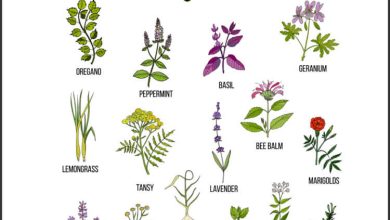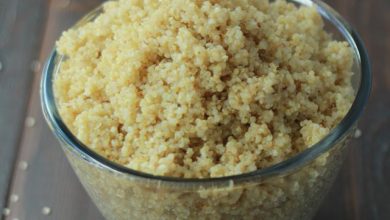Strawberry Pests and Diseases: How to Identify and Treat Them
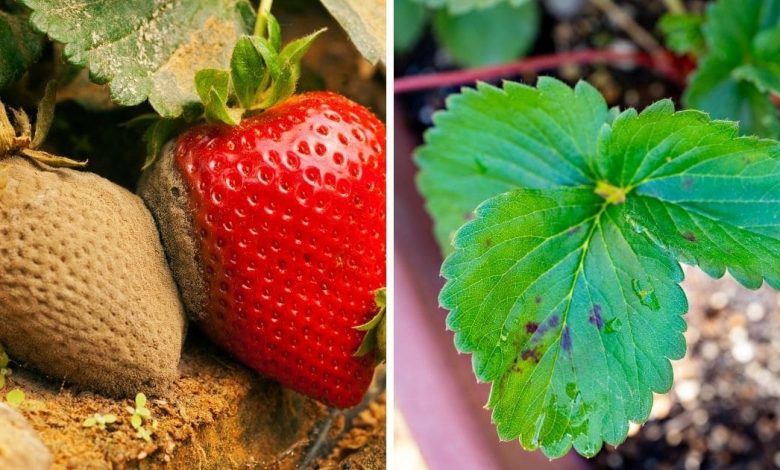
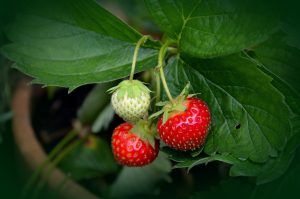 How excited are you that that little strawberry plant is already starting to produce large and delicious fruits?
How excited are you that that little strawberry plant is already starting to produce large and delicious fruits?
Surely a lot, so the last thing you need is for anything to come out there to harm you at the moment, right?
And to avoid it, one of the essential actions is to know what could happen and take the corresponding preventive measures.
Of course, we are referring to the pests and diseases of strawberries and in this article we are going to give you all the information so that you know what they are and what to do if they affect your crop. We’ll see.
aphids
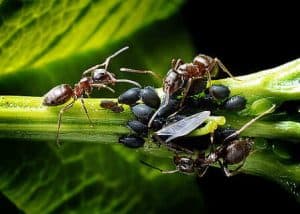 It seems like the headache of almost any crop and strawberries do not escape them, the good thing is that they are easily detectable.
It seems like the headache of almost any crop and strawberries do not escape them, the good thing is that they are easily detectable.
Aphids have a convenient size to be seen without the aid of magnifying glasses or any other instrument and are usually lodged both on the upper and lower sides of the leaf.
They appear when the heat arrives, in mid-spring or so.Its food is in the sap of the plants, which progressively weakens them, although it is not usually as harmful as other pests.
To attack them, you can take advantage of natural strategies such as incorporating ladybugs into the garden (natural predators) or garlic-based insecticides.
powdery mildew
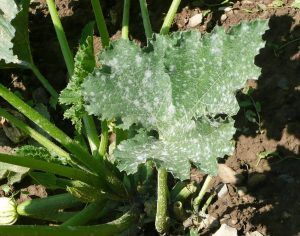 Powdery mildew is a disease that is characterized by producing a white powder on the plant leaf (especially the underside) and also attacks the fruits.
Powdery mildew is a disease that is characterized by producing a white powder on the plant leaf (especially the underside) and also attacks the fruits.
Its period of appearance is in the summer, especially when the environmental humidity is also high.
When it advances without control, it is capable of causing bifurcations in the nerves of the leaves, which affects it at a visual level and its internal processes.
The good news is that you can combat it using products of natural origin such as nettle purin.
botrytis
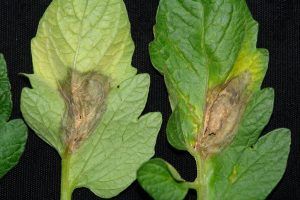
It is another disease that is caused by the appearance of a fungus, as in the case of powdery mildew.
In this case, the powder is not white but rather grayish, which will allow you to differentiate them as they occur.
It occurs under the same conditions as most pests and diseases: warm, high humidity environment.
The biggest problem with this disease (besides damage to plants and fruit) is that it is spread by wind-borne spores. That means it can quickly damage a cluster of strawberry plants if not caught early.
When the damage is light, the quickest action you can take is to remove the affected parts. Then, take advantage of the good properties of natural fungicides and treat the plants with nettle milk or slurry preparations.
Red spider
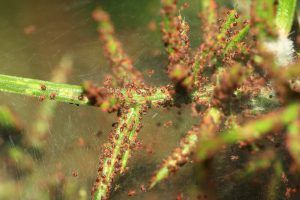
It is a plague that becomes more frequent than we would like in strawberry plants and that can appear in times of heat and environmental drought.
The symptoms are evident in the structure of the leaves, which are beginning to be seen changing their characteristic green color to turn red.
They usually settle on the underside of the leaves, where they are more difficult to notice, so if you have suspicions, you will have to do a check to see if it is a spider mite attack.
Its attack affects the strength and vigor of the plant, so taking corrective action as soon as possible is essential. Nettle slurry and sulfur have given good results in its control, so take advantage of the one that best suits your case.
thrips
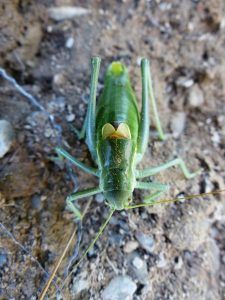 It is a pest that causes significant damage to crops aimed at the commercialization of strawberries because it attacks the fruit directly.
It is a pest that causes significant damage to crops aimed at the commercialization of strawberries because it attacks the fruit directly.
This attack is generated as soon as the fruits begin to grow, causing malformations in their structure.
Thrips are lovers of heat and low humidity, which makes it easier to pay more attention to crops when these conditions prevail in the environment.
It is a complicated pest to eradicate after it attacks, so specialists recommend working with preventive action.
This consists of installing blue chromatic traps. In any case, if they have already arrived, you can use potassium soap to wash the plant.
neck rot
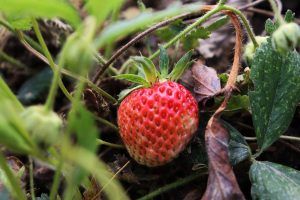 It is a disease caused by fungi that has the property of preferring plants that are young, affecting growth and development.
It is a disease caused by fungi that has the property of preferring plants that are young, affecting growth and development.
If the disease progresses, the plant will change its color from green to brown and will eventually dry up completely.
It is a fungus that settles from the base of the plant (either at the roots or at the base of the neck) preventing the flow of sap to the highest parts.
When it attacks more advanced strawberry plants that have production, the fruits will be spotted or discolored.Preventive action is essential for this harmful disease to reach crops.
This includes tasks such as the use of substrates that are disinfected and have good drainage to avoid puddles. Establishing an appropriate irrigation system will also be key to ensure sufficient hydration for the plants, without excessive humidity.
Being a fungus that is difficult to eliminate because it comes directly from the ground, if you notice that it has affected a specimen, it is best to remove it completely before it spreads further.
snails and slugs
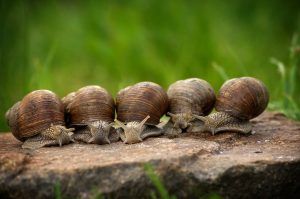 They love fruits and can become a real headache when they start consuming them without authorization.
They love fruits and can become a real headache when they start consuming them without authorization.
As they prefer to visit the crops during the nights, sometimes it can be difficult to find them, so you will have to wait until dark to shine a lamp and detect if it is them.
In the case of these annoying visitors, you can install homemade traps to capture them and get them out of the way of your crops.Getting your strawberry crop to be healthy and with an abundant production can be a challenge in certain cases.
But don’t worry because a lot of this has to do with being well informed from the beginning and when it comes to pests and diseases of strawberries, here you have everything you need.
Bibliographic references
- Evaluation of pests and diseases in strawberry crops (Fragaria sp.) during their phenology in the Huaran sector, Calca-Cusco province, C Calderon Ochoa, AS Condori Moreano – 2021 – repository.unsaac.edu.pe
- Insect pests and diseases associated with blackberry and strawberry crops, E Jiménez Martínez, R Laguna Miranda – 2008 – repository.una.edu.ni
- Plant extracts for the management of pests and diseases in tomato (Solanum lycopersicum) and strawberry (Fragaria× ananassa Duch.), E Martínez López – 2018 – bdigital.dgse.uaa.mx
- Strawberry Manual, CC de Bogotá – 2015 – Bibliotecadigital.ccb.org.co
- Strawberry cultivation, F Higuita Muñoz, EA Rodríguez – 1973 – sidalc.net
Maybe you are also interested in:
- How often and how to drip water my strawberries?
- How often and how to water my strawberries?
- Fertilize Strawberries: How to do it? Because is good? [Homemade fertilizer]
- How to Increase the Harvest of Strawberries
- Strawberry Care: Everything You Need
- Prune Strawberries: [Importance, Season, Tools, Considerations and Steps]
- Properties of Strawberries: Vitamins, Benefits and Calories
- Types and Varieties of the Most Famous and Delicious Strawberries

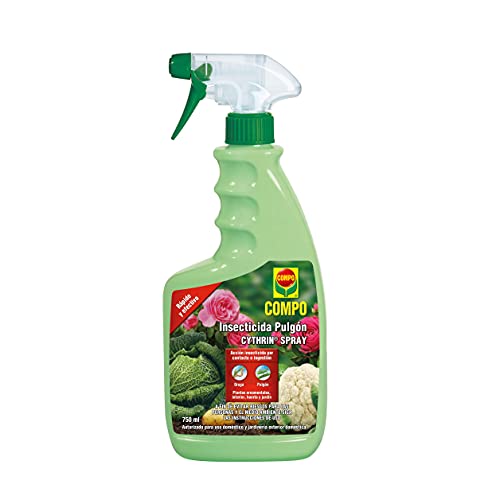
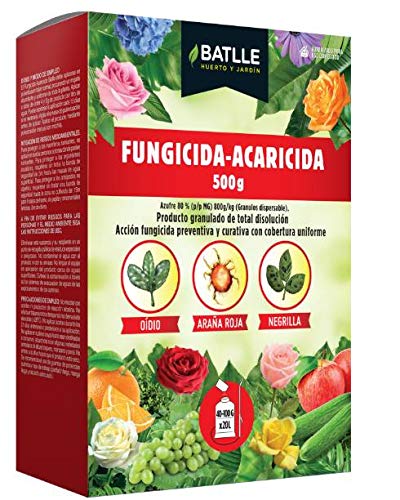
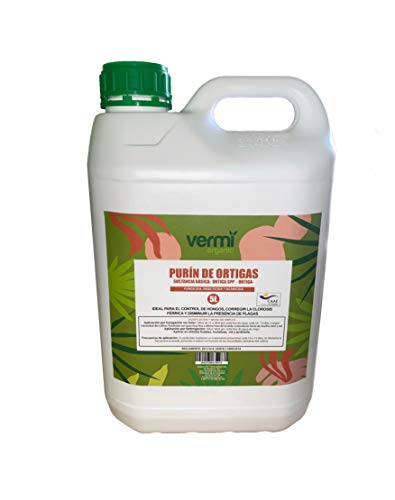
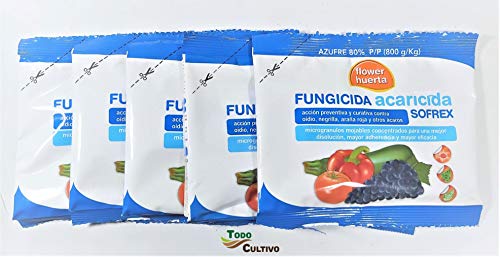
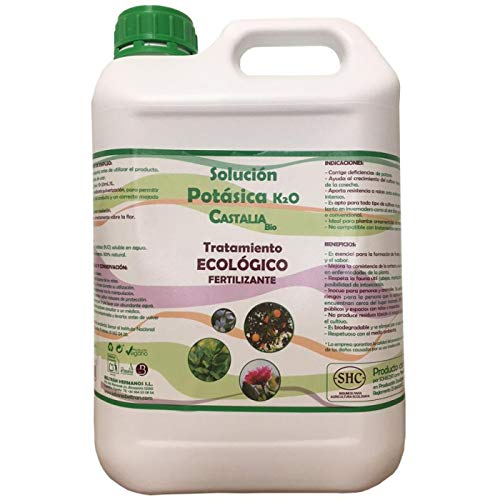
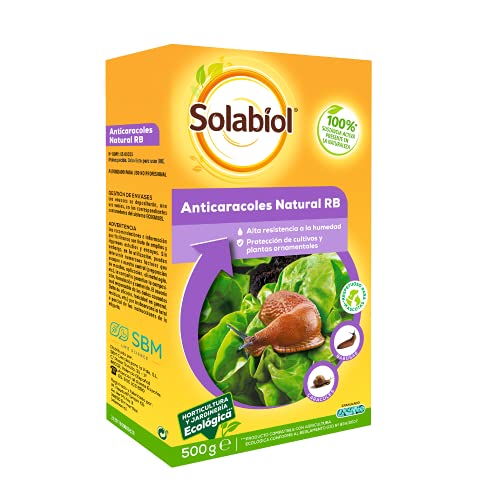
![Photo of Inflorescence: [Concept, Characteristics and Types]](https://www.complete-gardening.com/wp-content/uploads/2022/08/inflorescence-concept-characteristics-and-types-390x220.png)
![Photo of Hostas: [Care, Planting, Irrigation, Substrate and Possible Problems]](https://www.complete-gardening.com/wp-content/uploads/2022/08/hostas-care-planting-irrigation-substrate-and-possible-problems-390x220.jpg)
